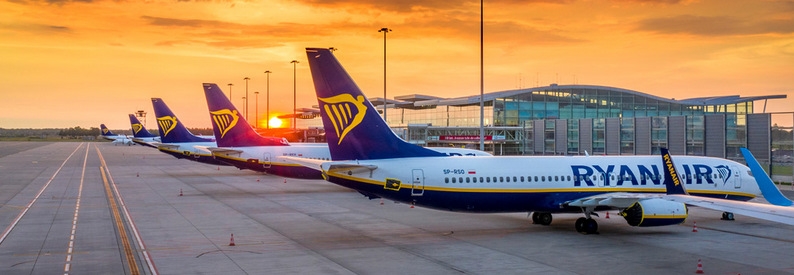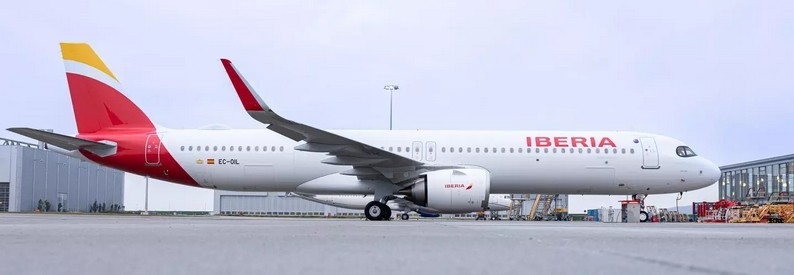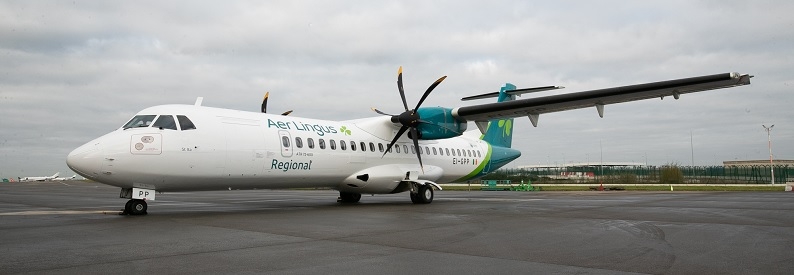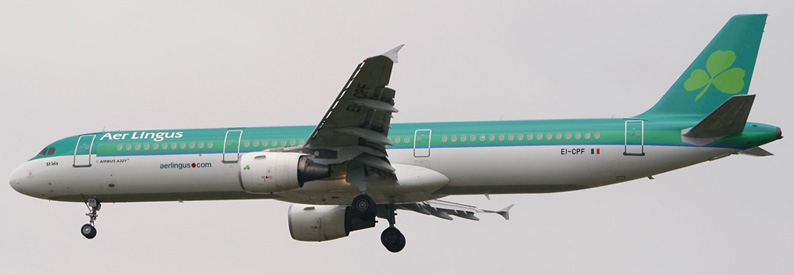Aer Lingus (EI, Dublin International) will place a new aircraft delivered last week into storage in Spain, the carrier's chief technical officer Fergus Wilson has told staff in a video message.
With ongoing travel restrictions and a 14-day quarantine still applying in Ireland, passenger demand remains extremely low, he said.
“The additional capacity that we added to our European schedule at the start of July has failed to perform to the level we had hoped, and with bookings for the coming weeks not showing an improvement, the remainder of this summer period now looks bleak,” Wilson said, as quoted by Irish broadcaster RTÉ.
RTÉ did not specify the model, but the ch-aviation fleets module shows that Aer Lingus took delivery this year of A330-300 EI-EIN (msn 1951) as well as a fourth A321-200NX(LR) EI-LRD (msn 9187). Both aircraft have been deployed on transatlantic routes, Flightradar24 ADS-B data shows, but EI-LRD has not been active since April 20.
Besides the four A321neo, the Irish flag carrier operates thirty-four A320-200s, seventeen of which are inactive, three A321-200s, all of which are inactive, four A330-200s, all of which are inactive, and eleven A330-300s, three of which are inactive.
However, Wilson implied that it would be an A330 that will be heading south. In normal circumstances, he explained, the newly delivered aircraft would have entered service immediately, but “as a result of the continuing uncertainty surrounding international travel, we have taken the decision not to enter this aircraft into commercial service. Instead it will join two other Aer Lingus A330s in a long-term storage programme at Ciudad Real Airport in Spain.”
Parking the aircraft in a semi-arid climate like Spain's will reduce the risk of corrosion, while putting it in storage will ease maintenance costs, he added. Other non-operational aircraft are in storage at Cork, Dublin International, and Shannon.
With this aircraft entering long-term storage, Aer Lingus will have reduced its active widebody fleet from 15 to five, the chief technical officer continued, serving two transatlantic routes, from Dublin to Chicago O'Hare and New York JFK.
“In fact, we could cover these two routes with as little as two aircraft but we are trying to maximise the number of operational aircraft to avoid the complexities and cost of putting them into parking or storage programmes,” he told employees, most of whom are currently on 30% of their pre-Covid pay and hours.
The number of inbound passengers on its three daily transatlantic services - the third currently being to Boston, the ch-aviation capacities module shows - has fallen from 4,200 per day this time last year to a mere 150, Wilson said.







